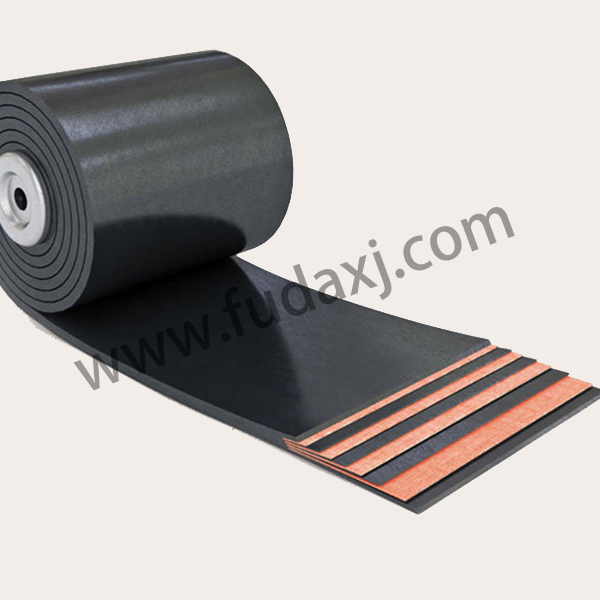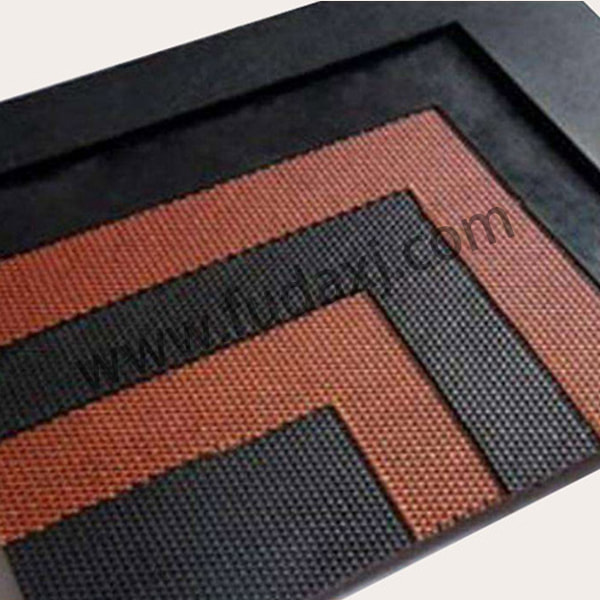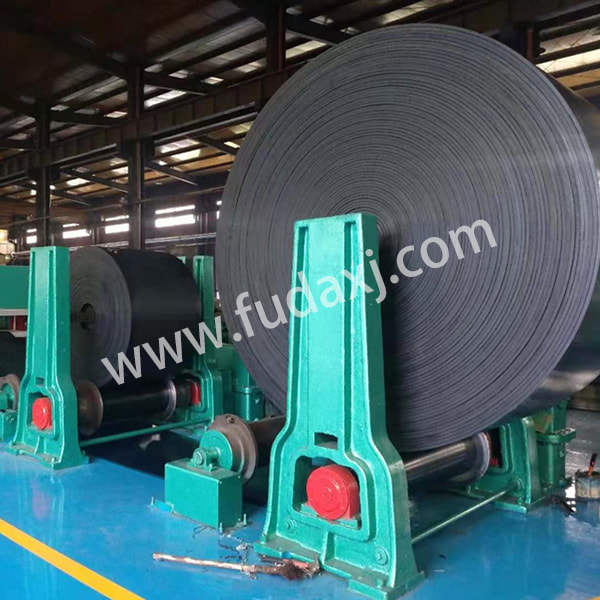
EPDM (Ethylene Propylene Diene Monomer) conveyor belts are widely used in various industries due to their resistance to environmental factors such as heat, ozone, and weathering. These belts are designed to handle different types of materials in industrial settings, making them suitable for applications requiring durability and reliability.
They are commonly used in mining, construction, power plants, and food processing industries, where they transport bulk materials efficiently. EPDM conveyor belts offer advantages such as longevity, low maintenance, and resistance to UV radiation and oxidation. Their customizable design allows adaptation to various operational needs, making them a reliable choice for demanding material-handling applications.
EPDM is a synthetic rubber known for its flexibility and resistance to harsh environmental conditions. The composition of EPDM conveyor belts typically includes EPDM rubber as the main polymer, reinforced with synthetic fabrics or steel cords to enhance strength. These belts are designed to withstand exposure to high temperatures, oxidation, and UV radiation.
They consist of a flexible belt made from rubber, fabric, metal, or plastic, supported by rollers or a flat surface. These belts are widely used in manufacturing, mining, agriculture, logistics, and food processing to improve efficiency and reduce manual labor. Conveyor belts come in different types, including flat, modular, cleated, and curved designs, each suited for specific applications. Their advantages include high efficiency, durability, and the ability to handle bulk materials over long distances, making them essential for modern industrial operations.
Some key properties of EPDM conveyor belts include:
Heat resistance: Suitable for applications involving elevated temperatures.
Weather resistance: Can endure exposure to sunlight, rain, and bad weather conditions.
Chemical resistance: Offers good resistance to acids, alkalis, and other chemicals.
Elasticity and flexibility: Maintains performance even under dynamic conditions.
EPDM conveyor belts are used in various industries due to their ability to handle challenging environments. Some common applications include:
In mining and quarrying operations, conveyor belts transport bulk materials such as ores, rocks, and minerals. EPDM belts offer durability in these demanding conditions, ensuring continuous operation with small maintenance.
Cement plants and construction sites use conveyor belts for transporting raw materials like limestone, sand, and gravel. EPDM belts perform well under dusty and high-temperature conditions, making them suitable for these applications.
In coal-fired and biomass power plants, conveyor belts are used to move fuel materials such as coal and wood pellets. EPDM belts withstand high temperatures and resist degradation from exposure to combustion by-products.
Agricultural facilities use conveyor belts for handling grain, fertilizers, and other bulk materials. In food processing, EPDM belts are used in environments where resistance to moisture and temperature variations is required.
The automotive and manufacturing industries use conveyor belts in assembly lines and material transport systems. EPDM belts provide flexibility and resilience in automated production processes.
Advantages of EPDM Conveyor Belts:
Longevity: EPDM material resists aging and degradation, pilot a longer service life.
Low Maintenance: The resistance to heat, chemicals, and weathering reduces maintenance requirements.
Energy Efficiency: Some EPDM belts are designed for reduced friction, improving energy efficiency in conveyor systems.
Customizability: Available in different sizes, thicknesses, and reinforcement types to suit specific industrial needs.
EPDM conveyor belts play a crucial role in industrial material handling due to their resistance to heat, weather, and chemicals. Their widespread use in industries such as mining, construction, power generation, and food processing highlights their versatility.
 English
English 简体中文
简体中文 Español
Español عرب
عرب
 English
English




 Fax: 0086-576-83019528
Fax: 0086-576-83019528